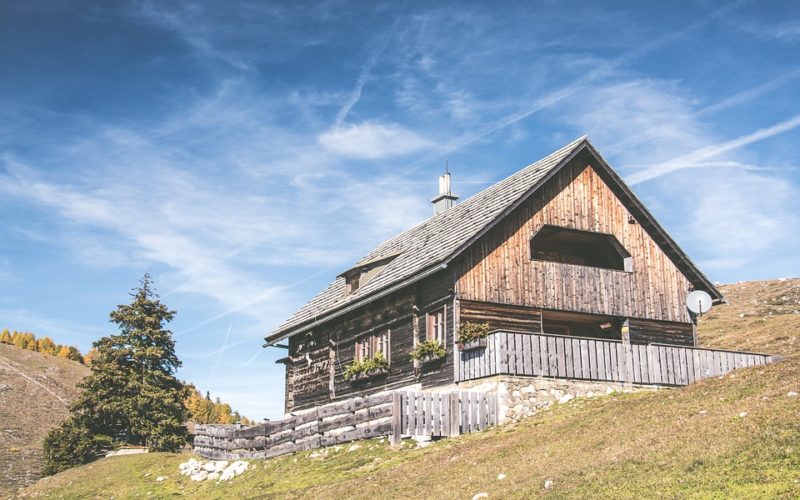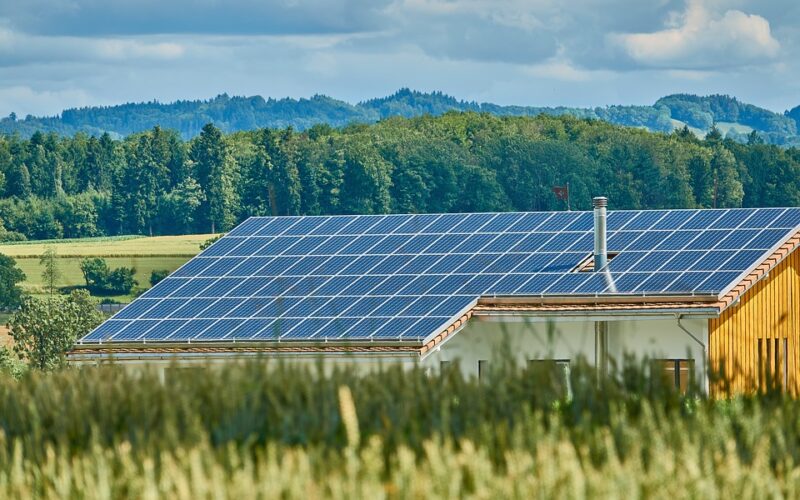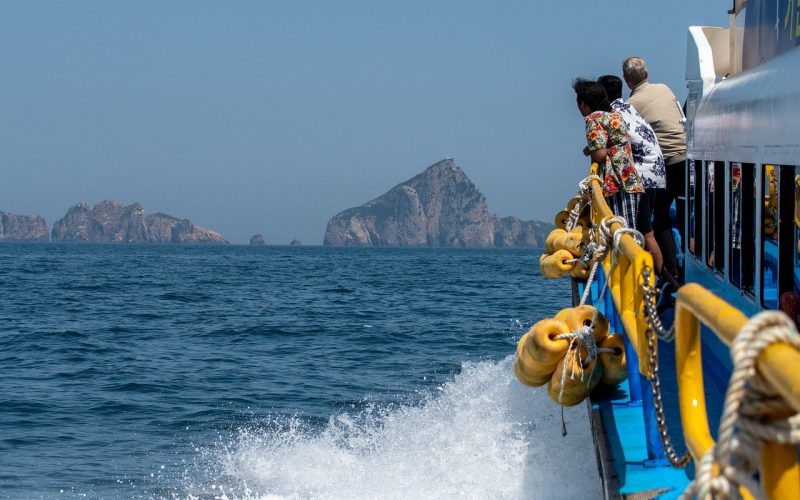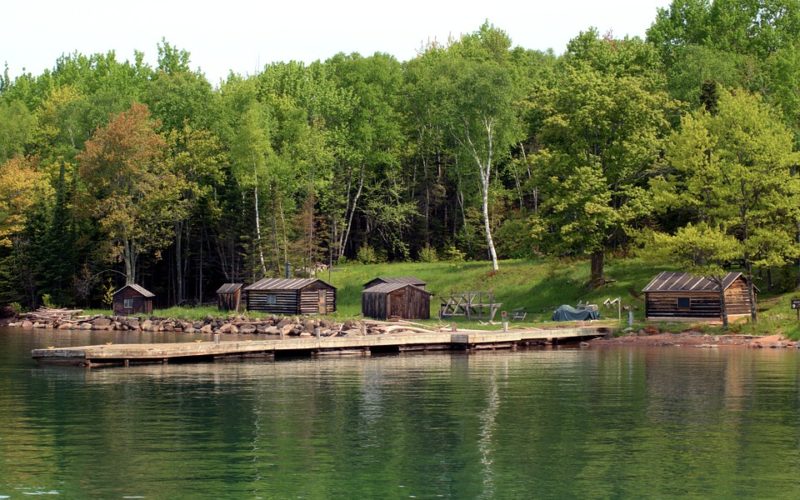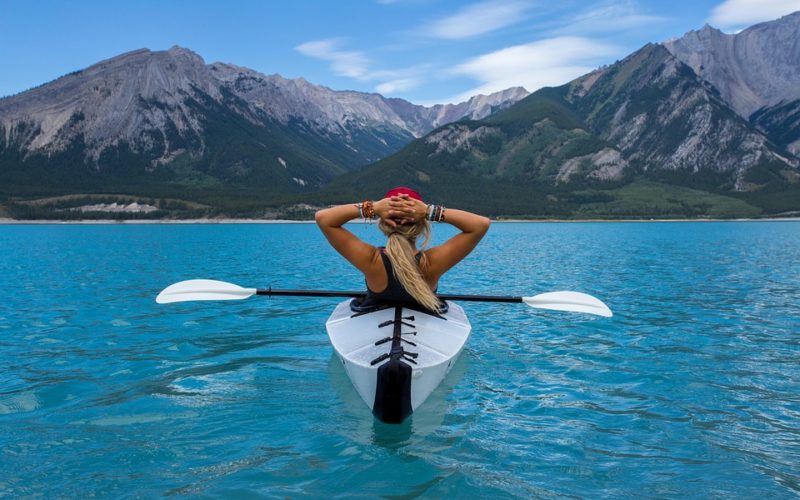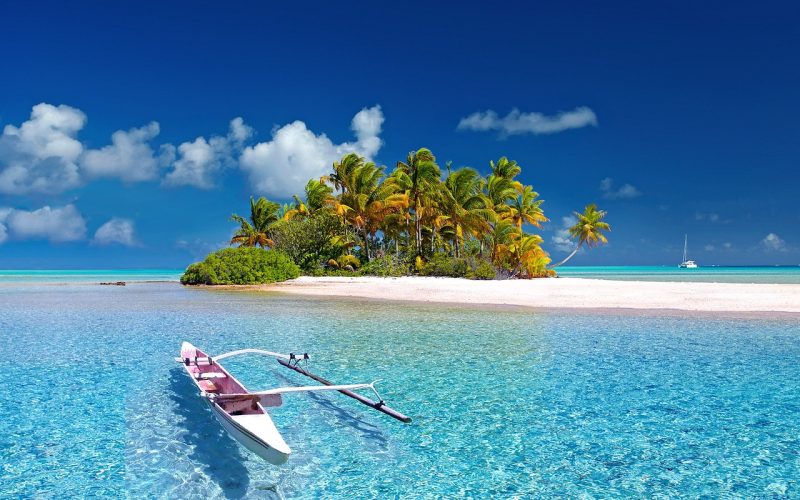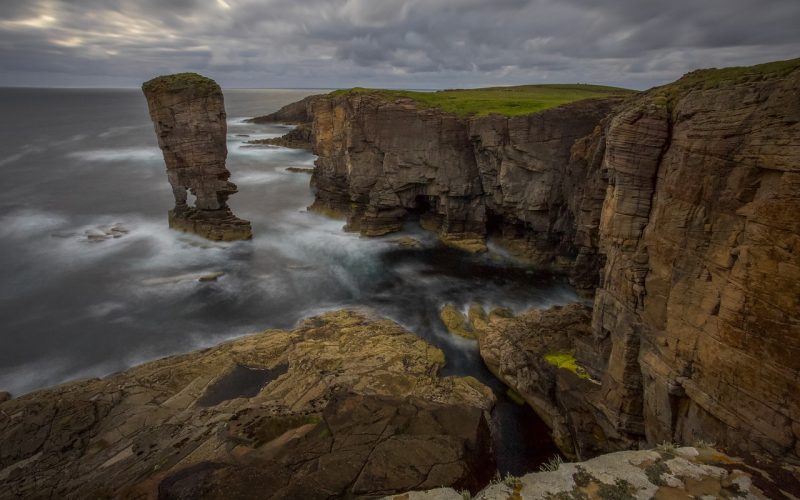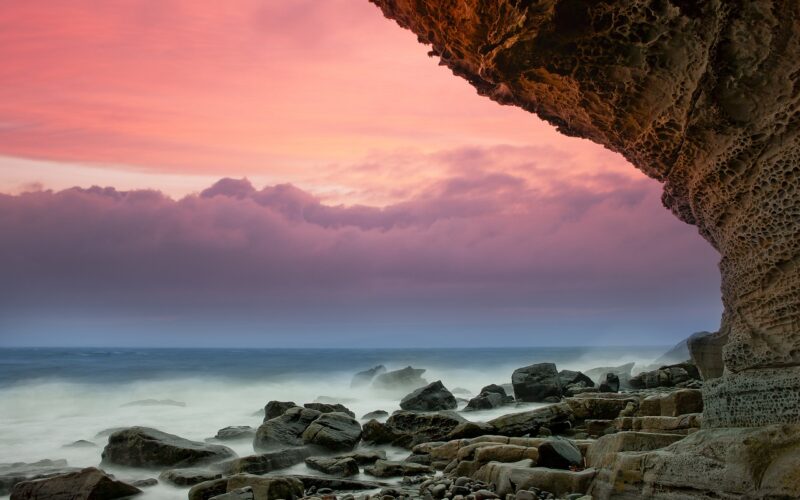Life On a Remote Island
Life on a remote island may seem like a permanent holiday — an escape from the hustle and bustle of the city life. However, residing on a secluded piece of land surrounded by the vastness of the ocean comes with its unique set of challenges and charms. Here’s a glimpse into what life looks like when the closest neighbour might be miles away, and the sea is your backyard.
The serene beauty and untouched nature
From the moment you step onto the shores of a remote island, the tranquillity is palpable. With fewer people around, the cacophony of city sounds gives way to the serene symphony of waves lapping at the shore, wind rustling through palm leaves, and birds calling overhead. Unblemished beaches stretch out before you, and the night sky is a revelation—sprinkled with countless stars unobscured by light pollution. The environment is strikingly pure, often with an ecosystem that has evolved uniquely due to isolation, wild and raw in its beauty.
Community spirit and social gatherings
Island populations are typically small, which fosters a close-knit community where everyone knows everyone. Social interactions have the flavour of familial gatherings, where personal achievements and milestones are often celebrated by the whole community. The lack of anonymity might be intimidating at first but is usually replaced by a sense of belonging and mutual support. Islands often have their customs and traditions, which can be fascinating for newcomers to witness and participate in.
Sustainability and self-reliance
Without the luxury of convenience stores or super chains, islanders learn to be self-sufficient. Gardening and fishing aren't just hobbies but essential skills for survival. Solar panels might dot rooftops, and rainwater harvesting is commonplace. These habits, born of necessity, turn island dwellers into inadvertent eco-warriors, living a sustainable lifestyle long before it became a global mantra.
Challenges of isolation
While the peace and quiet can be therapeutic, the isolation also means that resources and medical facilities are often limited. Travel to and from the island can be expensive and infrequent, making the logistics of receiving supplies or visiting the mainland for emergencies a careful planning exercise. Islanders often have to wear multiple hats, sometimes doubling up as the fireman, teacher, or mechanic, ensuring that community gets by with whatever it has.
Pace of life and disconnecting
The rhythm of life on an island is dictated by nature—the tides, the seasonal cycles of growth and harvest, and the simplicity of daily tasks. This natural pace can be a stark contrast to the deadline-driven rush of urban living. For some, this slower pace is meditative, offering time to disconnect and focus inward. The digital divide can be significant, with internet connectivity sometimes unreliable or limited, amplifying this disconnection from the virtual world—a blessing for those seeking respite from digital saturation.
Opportunities for adventure
Every day on an island can be an adventure, whether learning how to catch fish with your bare hands or mastering the art of coconut tree climbing. Exploring coral reefs, going on treks to the heart of the island, or simply swimming in crystal-clear waters offer residents an intrinsic connection to nature and countless ways to explore and play. For the adventurous soul, an island is not just a home but a playground for the spirit.
Life on a remote island is far from the typical notion of everyday existence. It is a unique blend of remarkable nature, strong community bonds, and inescapable challenges. It teaches lessons of self-reliance and sustainability while offering a slower pace and adventure in abundance. It might not be a life suited for everyone, but for those who call it home, there is no other place on earth they would rather be.


